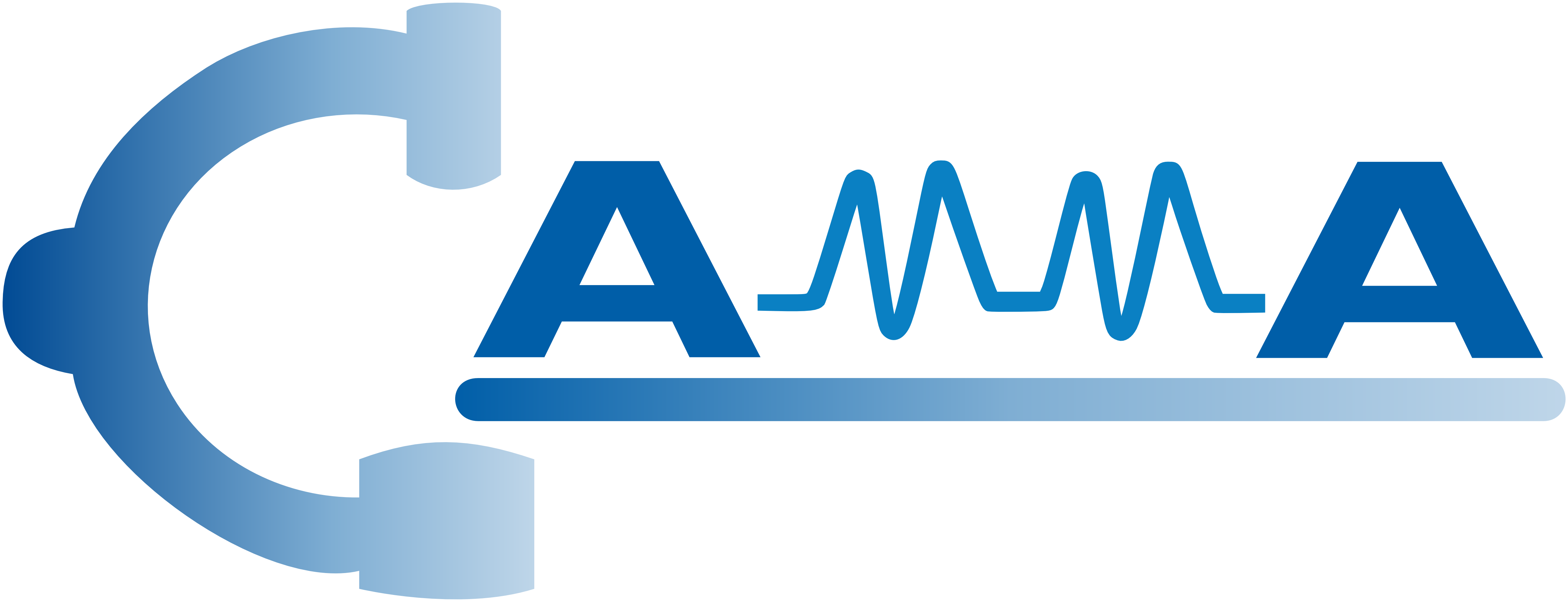Library packaging the Cholec80 dataset for easy handling with Tensorflow.
EndoNet: A Deep Architecture for Recognition Tasks on Laparoscopic Videos (IEEE Transactions on Medical Imaging, 2016)
Andru Twinanda, Sherif Shehata, Didier Mutter, Jacques Marescaux, Michel De Mathelin, Nicolas Padoy
Learning from a tiny dataset of manual annotations: a teacher/student approach for surgical phase recognition (IPCAI 2019)
Tong Yu, Didier Mutter, Jacques Marescaux, Nicolas Padoy
Developer & maintainer: Tong Yu
Similar to datasets available on tfds, TF-Cholec80 offers a convenient interface for deploying the Cholec80 dataset within deep learning applications built with Tensorflow. This independent release addresses the shortcomings associated with tfds to allow flexible handling of Cholec80 in a variety of scenarios such as single-frame tasks with CNNs, temporal tasks with CNN-RNNs or inference. TF-Cholec80 is based on the code employed in the experiments performed for this publication. The demo we provide has two versions: one for TF 1.x and one for TF 2.x.
The Cholec80 dataset, first introduced here, contains 80 videos of cholecystectomy surgeries performed by 13 surgeons. Frames extracted from the videos at 1 fps are provided, each frame labeled with the phase and tool presence annotations. The phases have been defined by a senior surgeon in our partner hospital. Since the tools are sometimes hardly visible in the images and therefore difficult to perceive, we define a tool as present in an image if at least half of the tooltip is visible.
Surgical phases:
- Preparation
- CalotTriangleDissection
- ClippingCutting
- GallbladderDissection
- GallbladderRetraction
- CleaningCoagulation
- GallbladderPackaging
Surgical instruments (instrument presence binary labels follow the order from this list):
- Grasper
- Bipolar
- Hook
- Scissors
- Clipper
- Irrigator
- SpecimenBag
prepare.py must be run first before using TF-Cholec80 . Download and extract the dataset to your preferred location (--data_rootdir). You may use the --verify_checksum flag to ensure the archive was downloaded without errors. If you wish to keep the archive after extraction please add the --keep_archive flag.
python prepare.py --data_rootdir YOUR_LOCATIONThe path you provided will be written to tf_cholec80/configs/config.json.
Create a Tensorflow-compatible Dataset using make_cholec80:
from tf_cholec80.dataset import make_cholec80
ds = make_cholec80(12)Only the minibatch size is required.
By default make_cholec80 will look for the config.json that was exported during installation (see next section), or in tf_cholec80/configs if installation was not performed. If using a different configuration file, please provide its path as the config_path argument.
Videos are indexed from 0 to 79. Limiting the dataset to specific videos can be done by supplying a list of indices as the video_ids argument. By default all 80 videos will be included.
Three modes of operation are supported based on the mode argument:
FRAME(default): video shuffling, frame interleaving, minibatch shufflingVIDEO: video shufflingINFER: no shuffling
After running prepare.py, you will be able to use cholec80_tf1_demo.ipynb and cholec80_tf2_demo.ipynb which provide examples of how to use TF-Cholec80 for both Tensorflow versions.
Once the data is downloaded and extracted with prepare.py, only dataset.py and a config.json file are required to use TF-Cholec80 in your own code. You may also install it afterwards for added convenience:
pip install -e .This will export a copy of your current config.json that will be used by TF-Cholec80 in the future.
An example of a deep learning task using TF-Cholec80 can be found here. A Jupyter notebook (phase_recognition_demo_tfc.ipynb) shows surgical phase recognition with a CNN-biLSTM-CRF with TF-Cholec80 as the input pipeline.
Storage:
- Please ensure 166Gb of space are available before downloading.
- After extraction and archive removal, the dataset will occupy 85.2 Gb.
Libraries:
- Python 3
- Tensorflow 1 (>= 1.4) or 2
- tqdm
- Matplotlib (needed only for demo notebooks)
Developer configuration info:
- Ubuntu 20.04
- CUDA 10.1
- NVIDIA GTX1080Ti GPU
The data itself is associated to this publication; please cite it if using Cholec80 in any shape or form.
@article{endonet,
author = {Andru Twinanda, Sherif Shehata, Didier Mutter, Jacques Marescaux, Michel De Mathelin, Nicolas Padoy},
year = {2016},
month = {02},
title = {EndoNet: A Deep Architecture for Recognition Tasks on Laparoscopic Videos},
volume = {36},
journal = {IEEE Transactions on Medical Imaging},
doi = {10.1109/TMI.2016.2593957}
}If TF-Cholec80 is useful for your research, please cite the following publication:
@inproceedings{yu2019surgicalphase,
title = {Learning from a tiny dataset of manual annotations: a teacher/student approach for surgical phase recognition},
author = {Tong Yu, Didier Mutter, Jacques Marescaux, Nicolas Padoy},
booktitle = {International Conference on Information Processing in Computer-Assisted Interventions},
year = {2019}
}This code may be used for non-commercial scientific research purposes as defined by Creative Commons 4.0. By downloading and using this code you agree to the terms in the LICENSE. Third-party codes are subject to their respective licenses.


